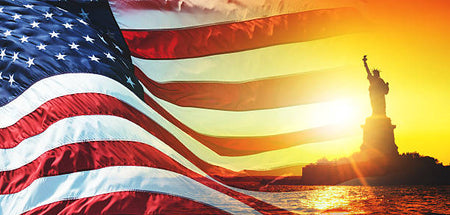When Elizabeth died in 1603, the son of Mary-Queen of Scots, James I, was made King of England, Ireland, Wales and Scotland.
King James I had been raised by Scottish Presbyterian Protestant tutors. He was responsible for arranging Anglican, Puritan and Presbyterian scholars to work together to produce the King James Bible - the best-selling and the most distributed book of all time.
King James I is the namesake of Jamestown, Virginia - the first permanent English settlement in America. The Pilgrims were sailing on the Mayflower ship to join the Jamestown Colony when the got blown off course in a winter storm and landed at Cape Cod. The Pilgrims had no charter from the King so they wrote their famous Mayflower Compact.
When Spanish and Italian Catholic troopsplotted to help Ireland break from Anglican English control, beginning in 1569, the English crushed the attempt and executed thousands of Irish Catholics.
The Irish had their crops and farms destroyed, leading to famine and disease and thousands dying. Over the next century, the British killed over a half-million Irish Catholics and sold the same number into slavery in the West Indies, New England, Barbados and Virginia.
In an effort to make Ireland more Protestant, Britain relocated 200,000 Presbyterians from Scotland to Ireland. In the following years, crop failures, the collapsing linen trade, and increased rents caused over a million Scots and Scots-Irish Protestant Presbyterian descendants to leave Ireland and immigrate to the American colonies.
Between 1717 and 1775, over 200,000 Scots-Irish migrated to America, becoming nearly a third of the country's population. At the time of the Revolution, the population of America was around 3 million, of which Puritans comprised about 600,000.
Other settlers included groups influenced by John Calvin:
900,000 Scots and Scots-Irish Presbyterians;
400,000 German or Dutch Reformed;
Protestant French Huguenots and Episcopalians.
![]()
![]()
